Self driving tractors are a big benefit for farmers and thier families.
Farming isn’t the low-tech endeavour some might think.

Self driving tractors are a big benefit for farmers and thier families.
Farming isn’t the low-tech endeavour some might think.
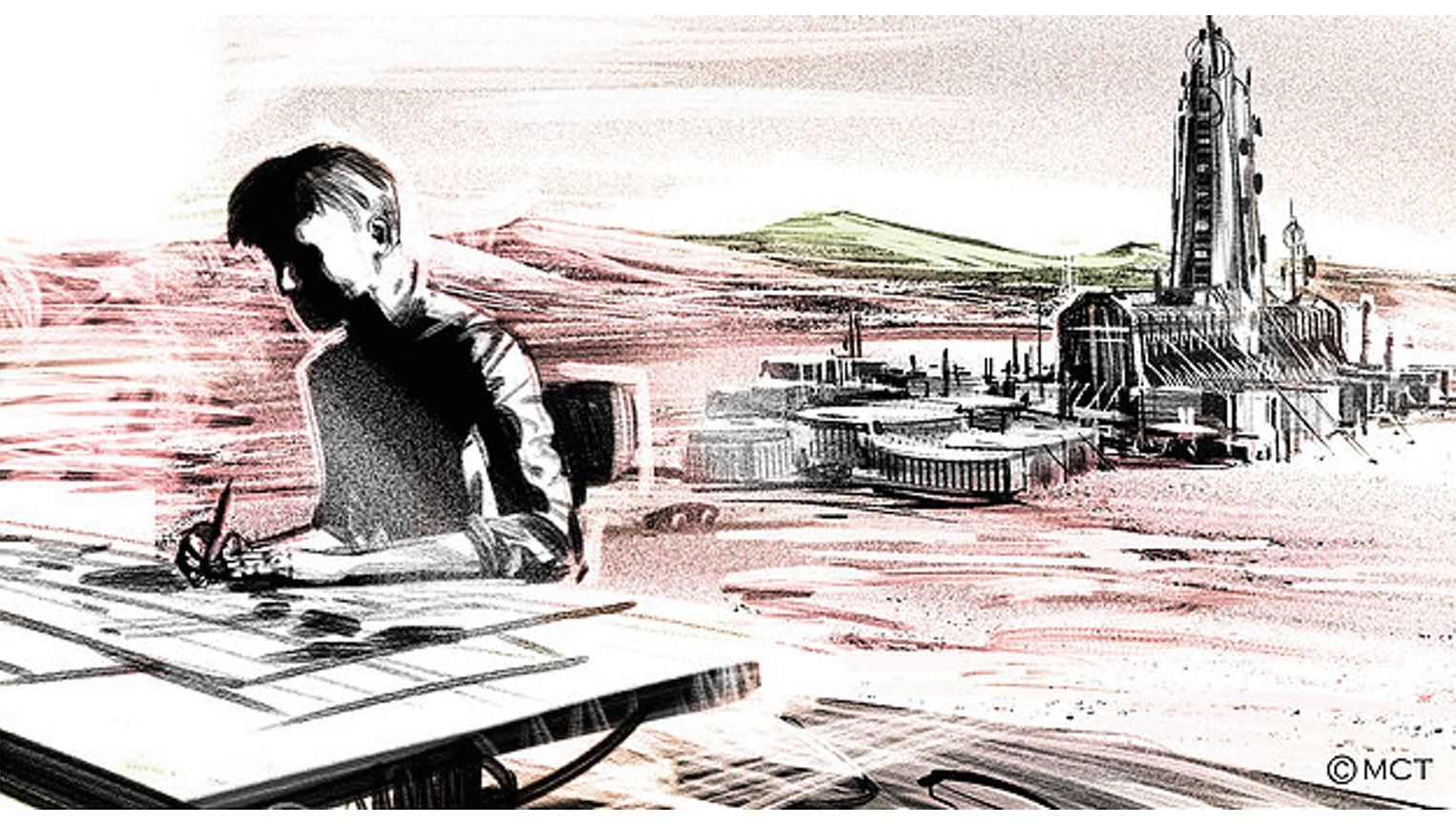
Join this workshop where esteemed speakers and selected teams will guide us in building a sustainable city on Mars.
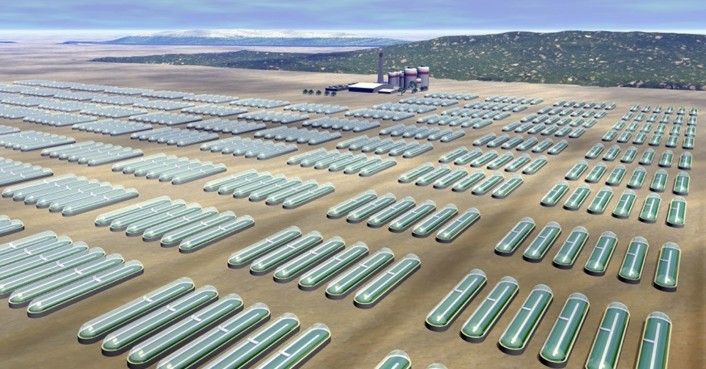
California startup HyperSolar and University of Iowa researchers have teamed up to make renewable energy in a way that draws inspiration from plants. Using water and sunlight, they are able to make renewable hydrogen energy. At the end of May, HyperSolar announced a “breakthrough” in efficiency, and the University of Iowa just renewed a year-long research agreement with the startup.
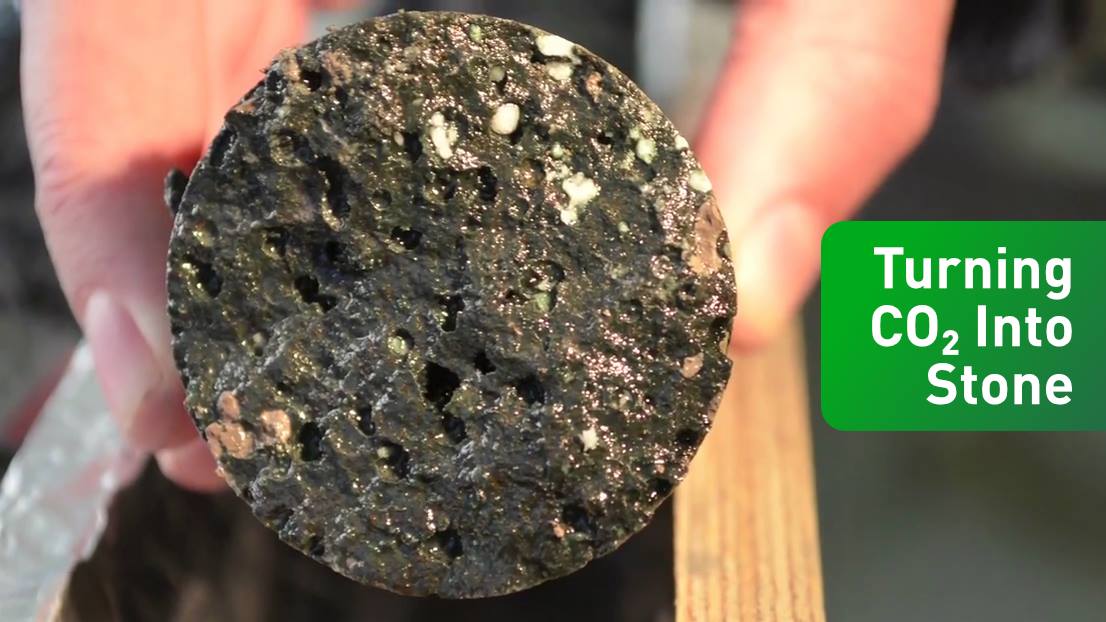
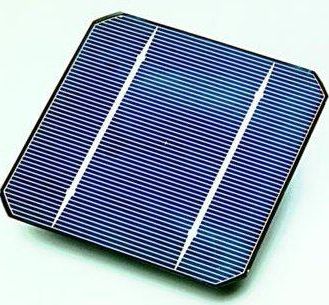
Nice.
Scientists have designed new energy-carrying particles that improve the way electrons are transported and could be used to develop new types of solar cells and miniaturized optical circuitry.
The work of researchers at the University of California (UC) San Diego, MIT, and Harvard University has synthetically engineered particles called “topological plexcitons,” which can enhance a process known as exciton energy transfer, or EET.
Its a problem scientists have been working on for years but its been tricky due to the short-ranged nature of EET, which is on the scale of only 10 nanometers, or 100 millionth of a meter, according to researchers. Moreover, the energy quickly dissipates as the excitons interact with different molecules.

Some truth to this if the engineering team and designers are not reflective of the broader world population. Good example, is the super race research of the Nazis and attempts to make it happen. Today, AI in the hands of a N. Korea for example could be bad for the world. However, the larger threat that I see with AI is still the hacking of AI, and stolen AI by criminals to use against society.
Sentient machines are a greater threat to human existence than climate change, according to the Oxford philosopher Nick Bostrom.
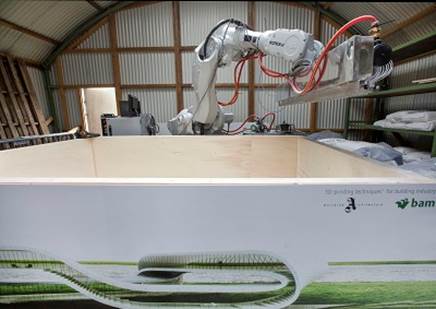
BAM has teamed up with Universe Architecture to launch a ‘robo printer’ that can create free-form buildings in stone and concrete.
The ‘building machine’ is described as the first to link free-form print technology to automotive industry robotics. It is designed to make free-form architecture possible, as well as enable the creation of complex ornamental exteriors.
In 2013, architect Janjaap Ruijssenaars of Universe Architecture had plans for the creation of a building without beginning or end, Landscape House, using a 3D printer. The 3D Builder machine entered service yesterday and is starting with the construction of a 1:4 scale version of Landscape House at FabCity, a temporary sustainability campus in Amsterdam.
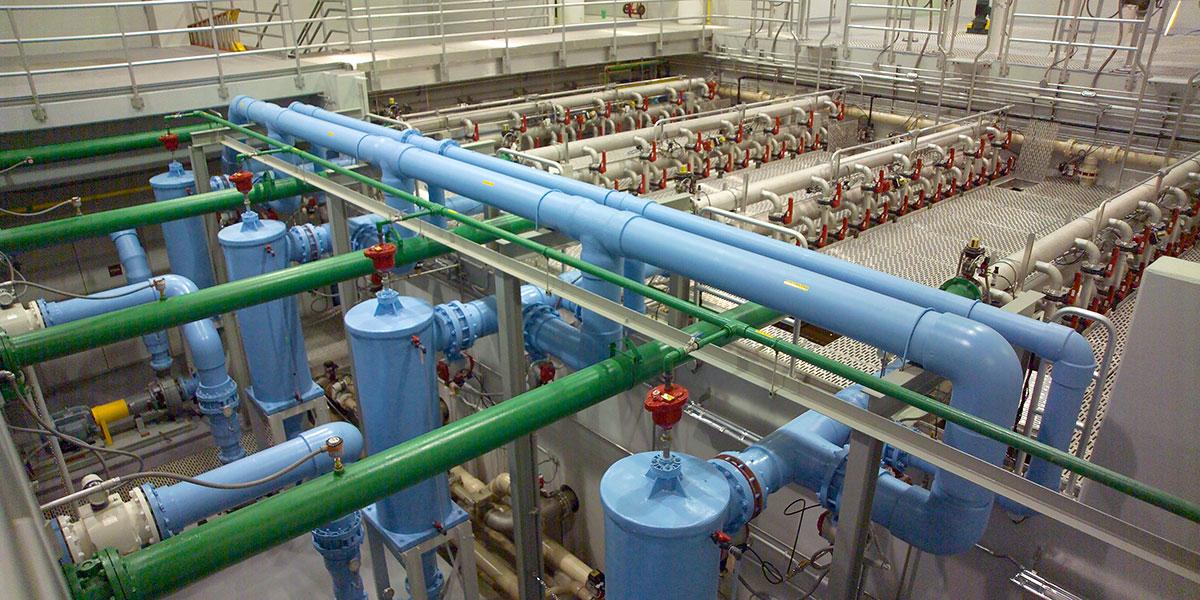
Interesting; however, I will be interested still how QC and 3D printing can converge and possibly address challenges such as this one, mass production of synthetic diamonds, cell circuitry, etc.
You might be surprised at how often 3D printing and water intermingle. After all though—as you’ll well remember if you try to go without it for a few hours—water is our life force. And as innovative 3D technology is used at the hands of researchers and innovators around the world to make positive transformations in nearly every industry, surely water should be included.
Whether we are discussing how to recycle water bottles in an attractive manner, adopt new methods for desalination to increase worldwide accessibility, or actually using 3D scanners to detect corrosion in older water pipes in the UK, the seeds have been planted for allowing 3D technology to play a substantial and versatile role in how we deal with water in the future, on many levels.

Elon Musk, the billionaire entrepreneur and founder of Space X, Tesla and Paypal, has told an interviewer there is only a “one in billions” chance that we’re not living in a computer simulation.
Speaking at San Francisco’s Code Conference this week, Musk said that he has had “so many simulation discussions it’s crazy”, and that it got to the point where “every conversation [he had] was the AI/simulation conversation”.
He also claimed that, if we’re not living in a simulation, we could be approaching the end of the world.

Low-cost, low-dimensional nanoarchitectures provide optimal structures for charge collection in large-scale solar energy harvesting and conversion applications.
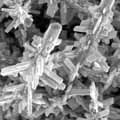
Photoelectrochemical water splitting, where irradiation of a photoelectrode in water produces hydrogen and oxygen, can be used for solar energy harvesting and conversion.1 The process potentially offers a clean, sustainable, and large-scale energy resource. Photoanodes used in the photoelectrochemical process are generally made from Earth-abundant oxide semiconductors, such as titanium dioxide, tungsten trioxide, and iron (III) oxide.2 Among these metal oxide semiconductors, tungsten trioxide is regarded as one of the best candidates because of its visible light-driven photocatalytic activity, its good charge transport properties, and its relative stability in aqueous electrolytes. However, the light absorption and charge collection efficiency of tungsten trioxide—especially within a bulk structure—still needs to be improved to realize practical photoelectrochemical applications.